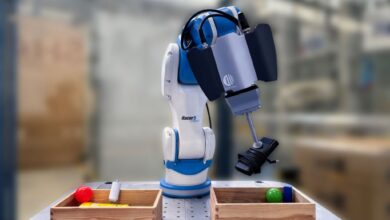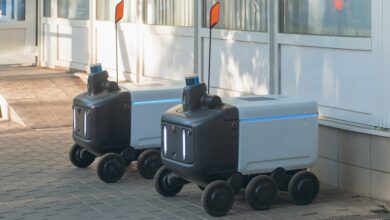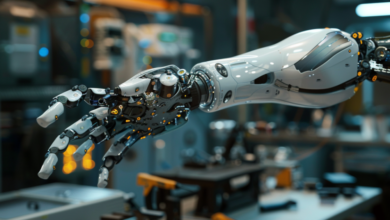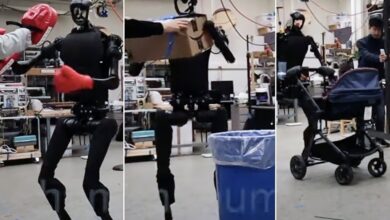China Advances in Robotic Acrobatics with Unitree’s H1 Backflipping Humanoid Robot

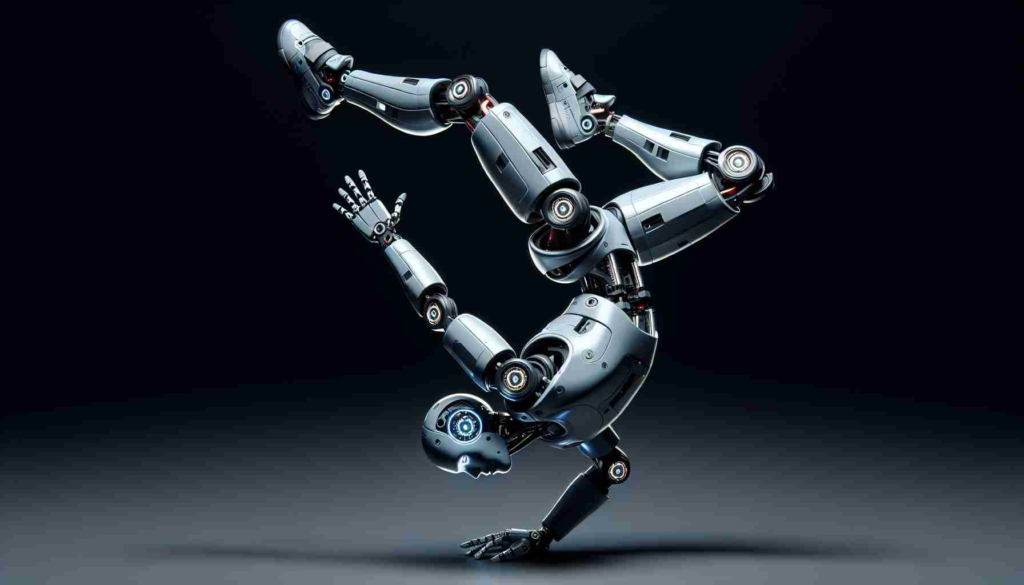
Summary: The Chinese robotics startup Unitree has achieved a remarkable feat in the field of robotics with its electric humanoid robot named H1, performing a backflip. This accomplishment reflects China’s growing influence in robotic innovations and hints at the larger impacts on the industry, from personal assistance to complex industrial tasks.
In a startling display of dexterity, Unitree’s humanoid robot, known as H1, successfully completed a fully electric backflip—a move emblematic of a new era in robotic agility. Unlike its hydraulic counterparts, H1’s electric motors offer refined control, making such acrobatics possible. Far from a mere stunt, this backflip signifies the robot’s potential for tasks that require sophisticated movements.
Unitree’s electric H1 robot showcases a dynamic mix of precision and power, made possible by innovative technologies like 3D LIDAR and advanced depth perception cameras. These features enable H1 to navigate and adapt to its environment, suggesting a future where humanoids could seamlessly support human endeavors.
The ripple effects of H1’s success are felt globally, as it underlines the fast-paced growth of the robotics industry, with China at its vanguard. Looking ahead, the implications of integrating humanoid robots in various sectors are vast. Such robots promise to transcend traditional roles, assisting in caregiving, services, and beyond, thereby reshaping how society perceives daily interactions with machine counterparts.
As the robotics industry accelerates, with analysis pointing to a significant surge in the humanoid sector, challenges remain. These include the ethical dimensions of job disruption and the imperative to maintain stringent safety standards. Nonetheless, the milestone achieved by Unitree’s H1 suggests an exhilarating chapter ahead for robotics, intertwining machines closely with the fabric of everyday life.
The significant achievement by Unitree’s humanoid robot, H1, with its electric-powered backflip, illustrates the advancements in robotic technology and highlights a competitive robotics industry that is increasingly capturing the world’s attention. The industry, as a whole, is experiencing robust growth, driven by both technological innovations and rising demand across various sectors.
The robotics market is expected to see exponential growth in the coming years. According to market forecasts, the global robotics technology market could reach a staggering value, as companies and investors recognize the potential of robotics in transforming industries. From manufacturing to healthcare, and from logistics to customer service, robots like Unitree’s H1 are anticipated to become more prevalent, ushering in a new era of efficiency and capability.
However, the industry is not without its challenges and issues. The displacement of human workers by robots continues to be a contentious topic, raising concerns about job losses and the need for workforce re-skilling. Additionally, as robots become more embedded in society, stringent regulations and standards will be paramount in ensuring safety and ethical deployment.
Unitree’s achievement with the H1 humanoid robot opens doors to a future where human-robot collaboration is seamless. With the integration of sophisticated sensors, like 3D LIDAR, and advanced algorithms enabling unprecedented levels of dexterity and autonomy, the potential applications of humanoid robots are extensive. Whether it’s performing in hazardous environments, assisting the elderly, or providing companionship, the use cases seem limitless.
Despite these exciting developments, the integration of robots like H1 into everyday scenarios also comes with an imperative for responsible innovation. The industry must navigate issues such as privacy concerns, cybersecurity threats, and the socio-economic impact of automation.
A robust ecosystem—including startups like Unitree, established tech giants, academic institutions, and policymakers—is essential for fostering a sustainable and beneficial robotics industry. As society moves closer to a more automated future, with China leading the charge in robotic innovations, the continued advancements and ethical considerations of the robotics industry will undoubtedly be areas of keen interest and careful scrutiny.
For more insights into the robotics industry and the companies shaping the future of this technology, visit industry leaders at Unitree Robotics. To learn about market forecasts and the economic impact of robotics, you can visit reputable market research firms and data repositories.

Michał Rogucki is a pioneering figure in the field of renewable energy, particularly known for his work on solar power innovations. His research and development efforts have significantly advanced solar panel efficiency and sustainability. Rogucki’s commitment to green energy solutions is also evident in his advocacy for integrating renewable sources into national power grids. His groundbreaking work not only contributes to the scientific community but also plays a crucial role in promoting environmental sustainability and energy independence. Rogucki’s influence extends beyond academia, impacting industry practices and public policy regarding renewable energy.
